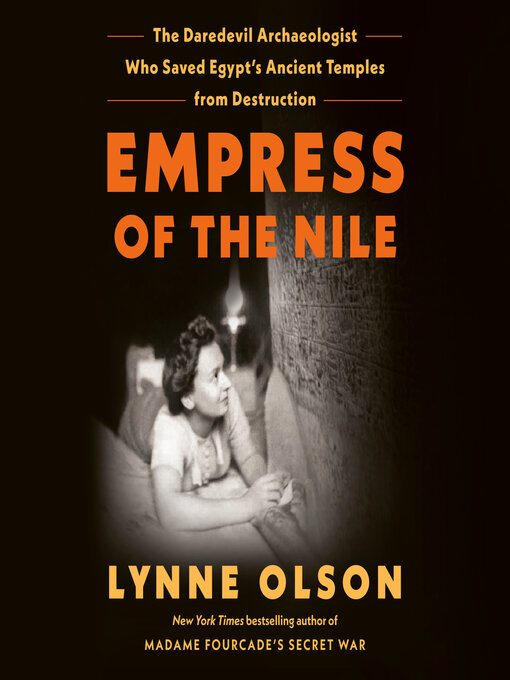- Food & Cooking
- News & Politics
- Celebrity
- Travel & Outdoor
- Business & Finance
- Fashion
- Art & Architecture
- Culture & Literature
- Family & Parenting
- Hunting & Fishing
- Tech & Gaming
- Health & Fitness
- Crafts & Hobbies
- See all
“A female version of the Indiana Jones story . . . [Christiane Desroches-Noblecourt] was a daredevil whose real-life antics put Hollywood fiction to shame.”—The Guardian
In the 1960s, the world’s attention was focused on a nail-biting race against time: the international campaign to save a dozen ancient Egyptian temples from drowning in the floodwaters of the gigantic new Aswan High Dam. But the coverage of this unprecedented rescue effort completely overlooked the daring French archaeologist who made it all happen. Without the intervention of Christiane Desroches-Noblecourt, the temples—including the Temple of Dendur, now at New York’s Metropolitan Museum of Art—would currently be at the bottom of a vast reservoir. It was an unimaginably complex project that required the fragile sandstone temples to be dismantled and rebuilt on higher ground.
Willful and determined, Desroches-Noblecourt refused to be cowed by anyone or anything. As a member of the French Resistance in World War II she survived imprisonment by the Nazis; in her fight to save the temples she defied two of the most daunting leaders of the postwar world, Egypt’s President Abdel Nasser and France’s President Charles de Gaulle. As she told one reporter, “You don’t get anywhere without a fight, you know.”
Desroches-Noblecourt also received help from a surprising source. Jacqueline Kennedy, America’s new First Lady, persuaded her husband to help fund the rescue effort. After a century and a half of Western plunder of Egypt’s ancient monuments, Desroches-Noblecourt helped instead to preserve a crucial part of that cultural heritage.


